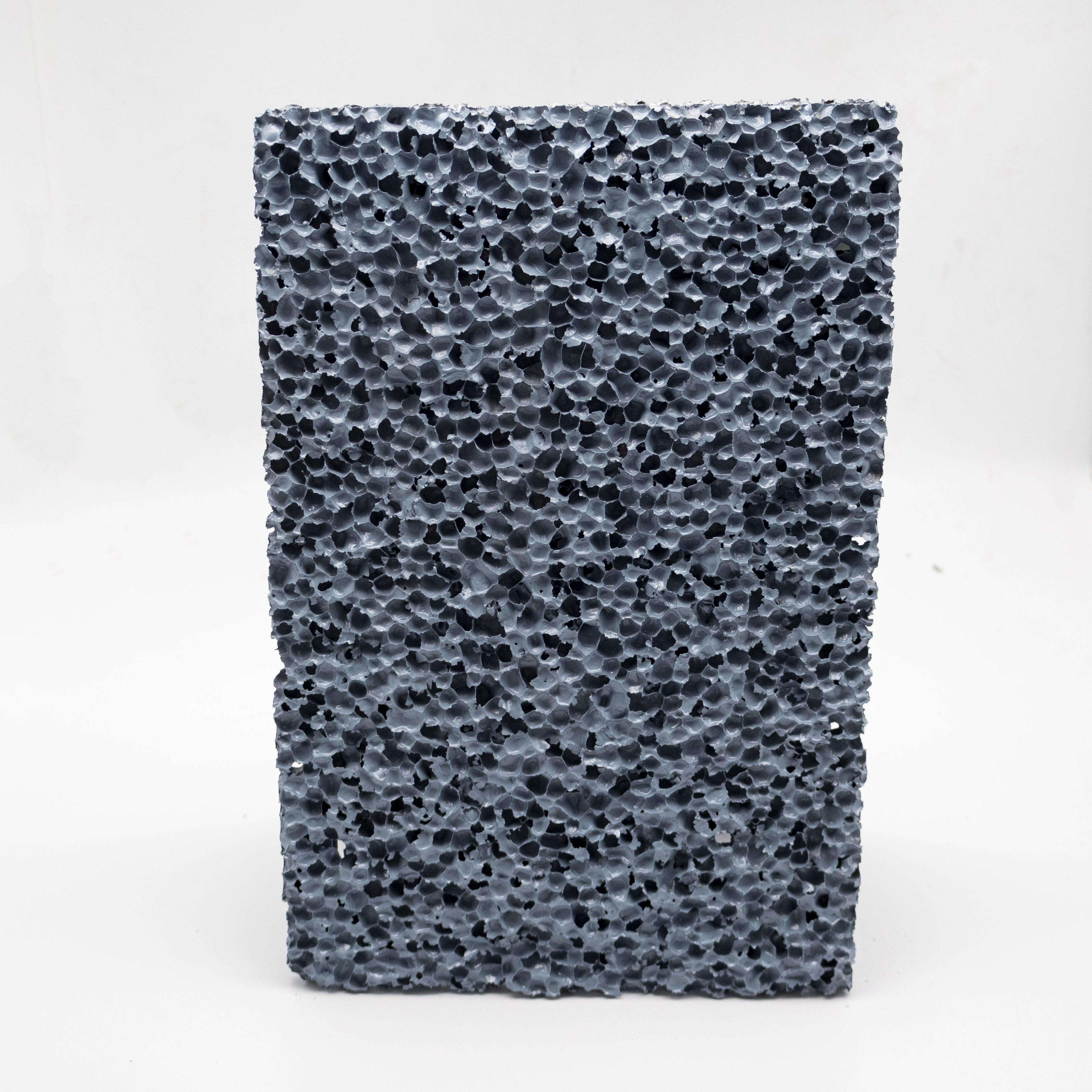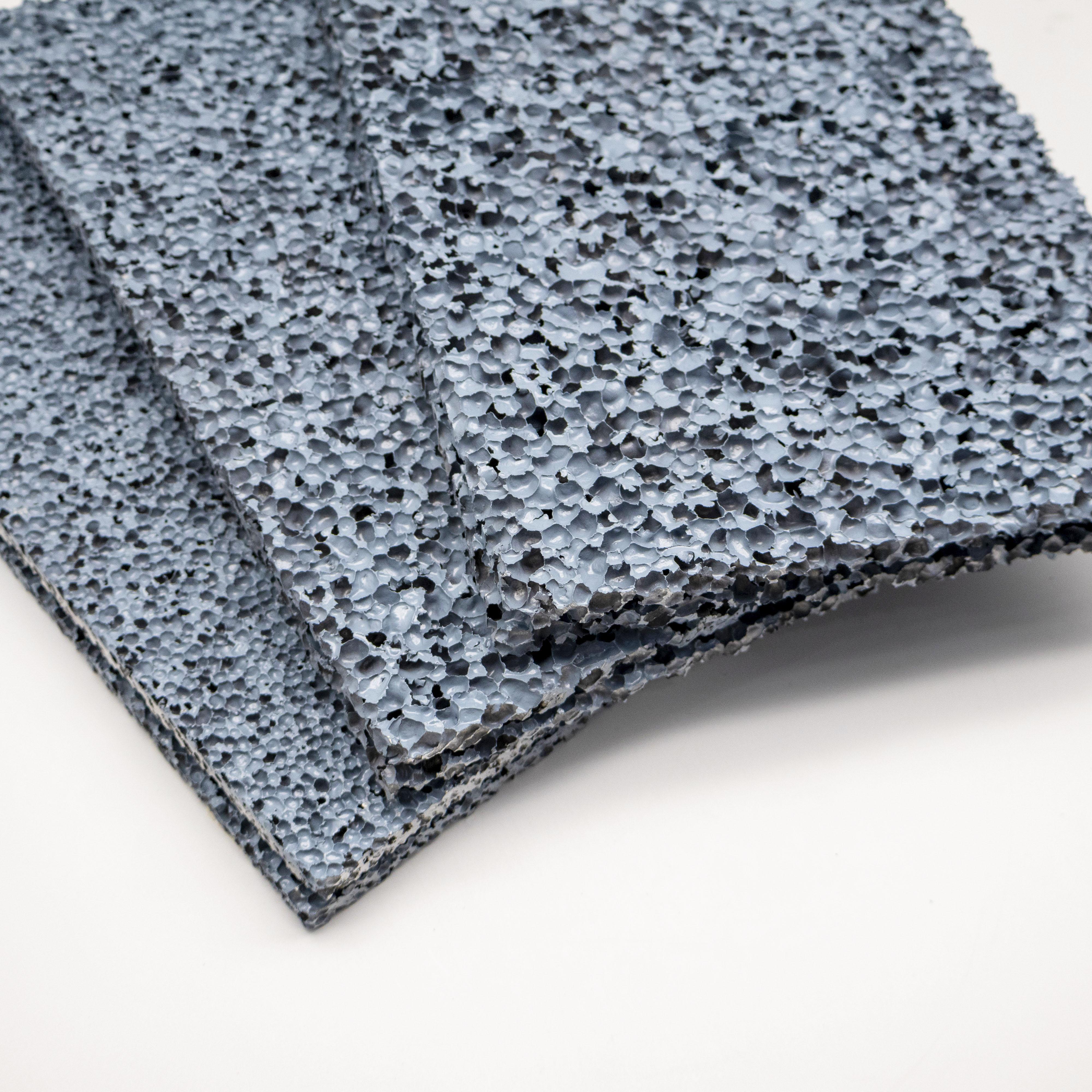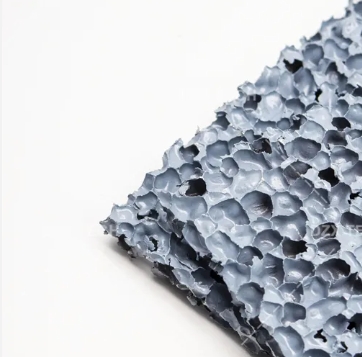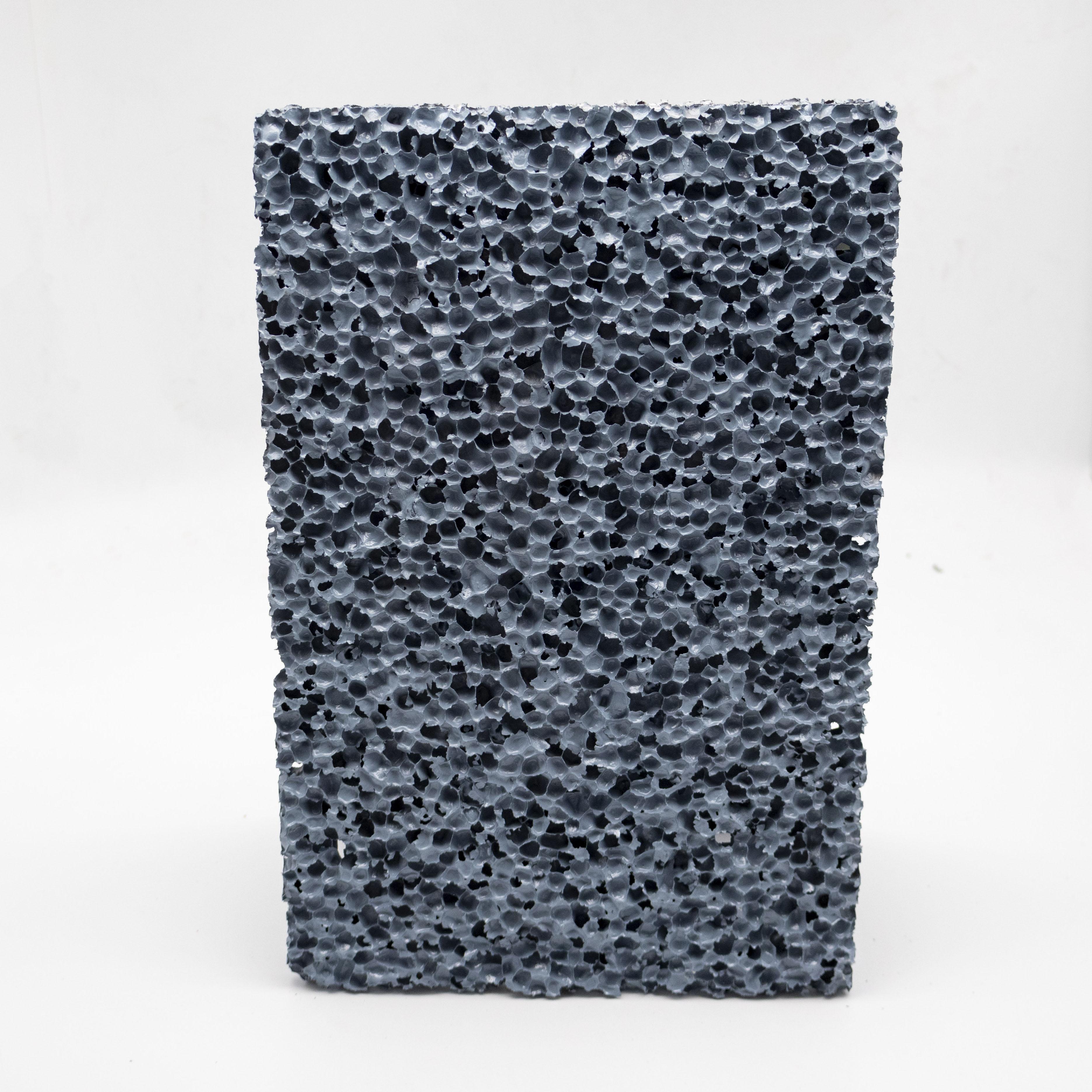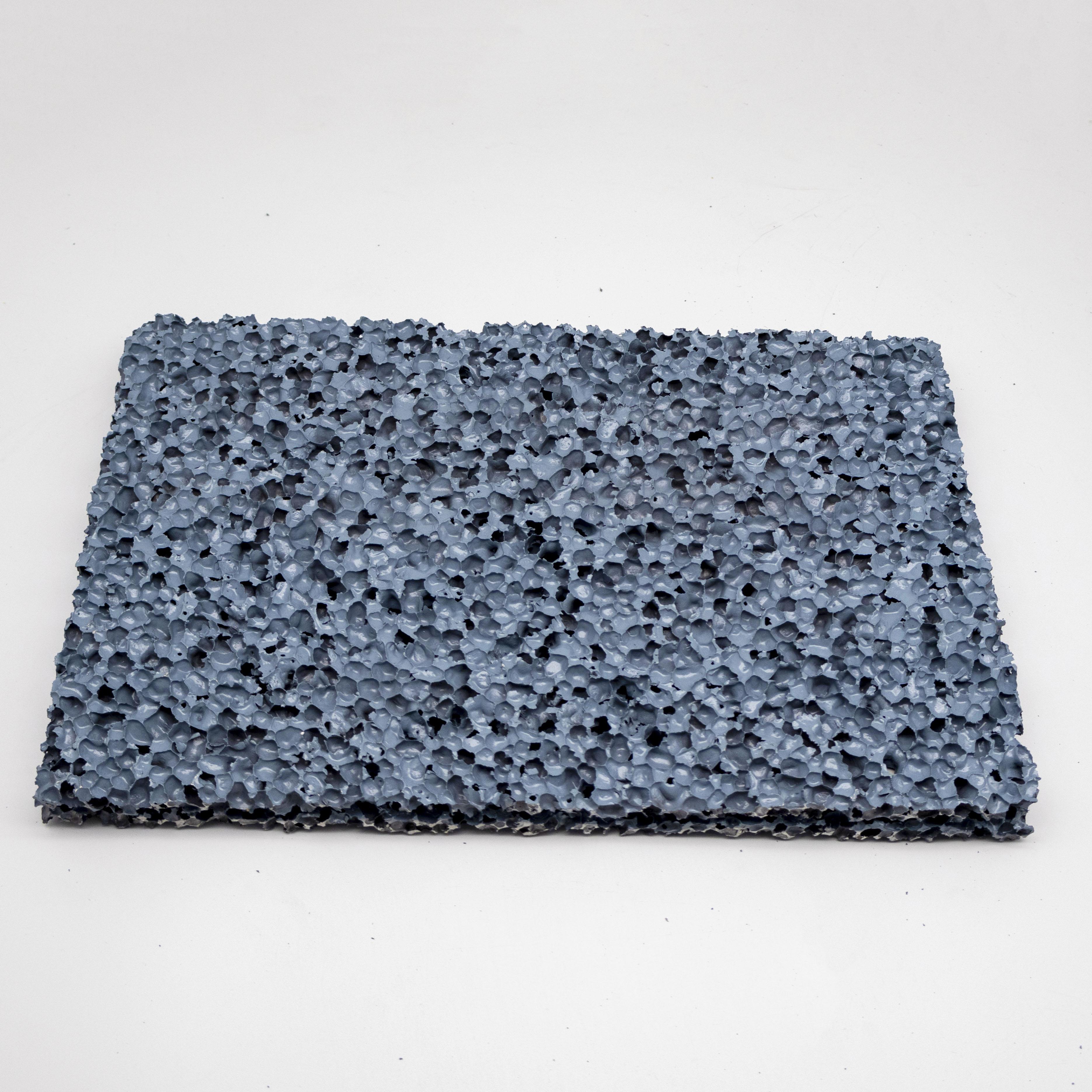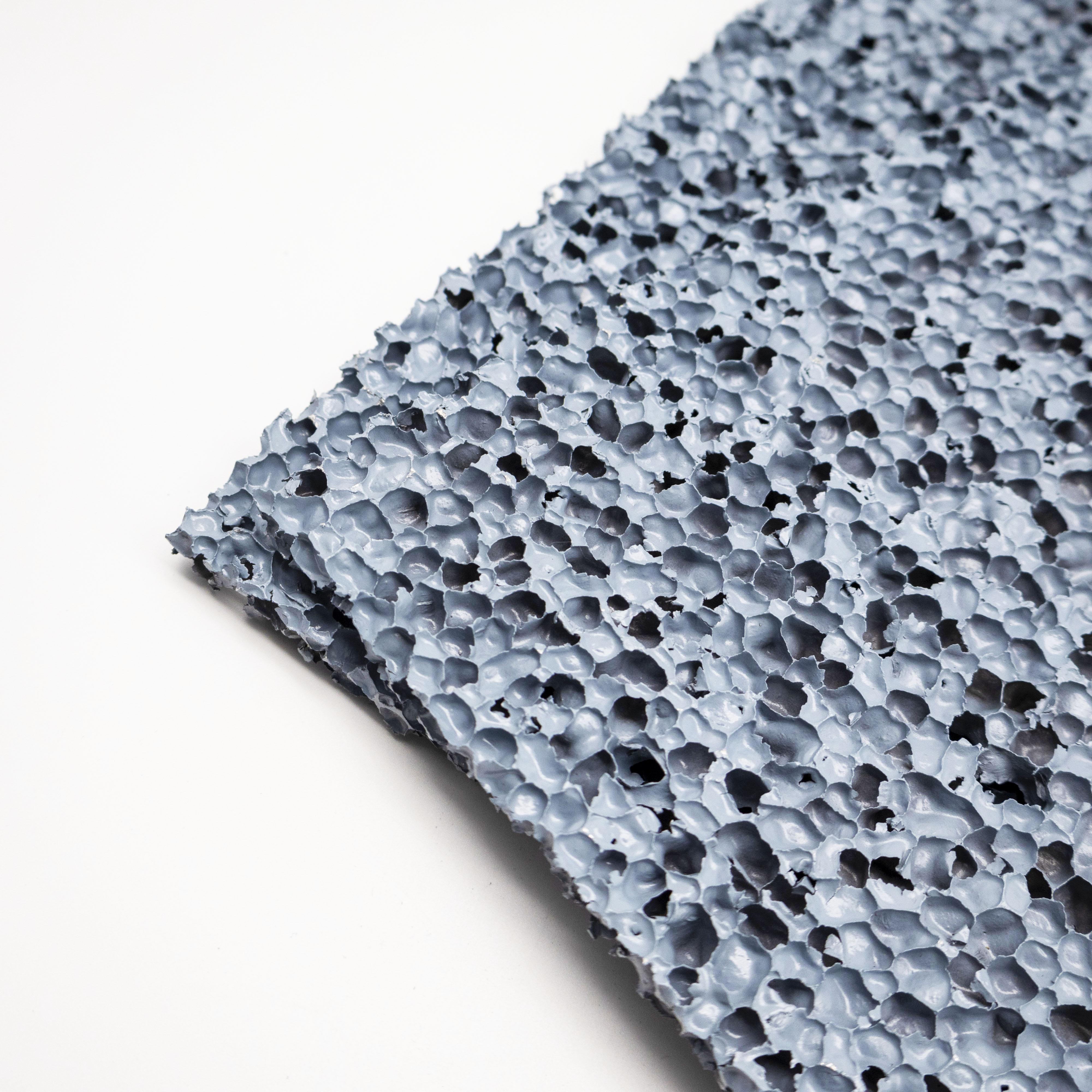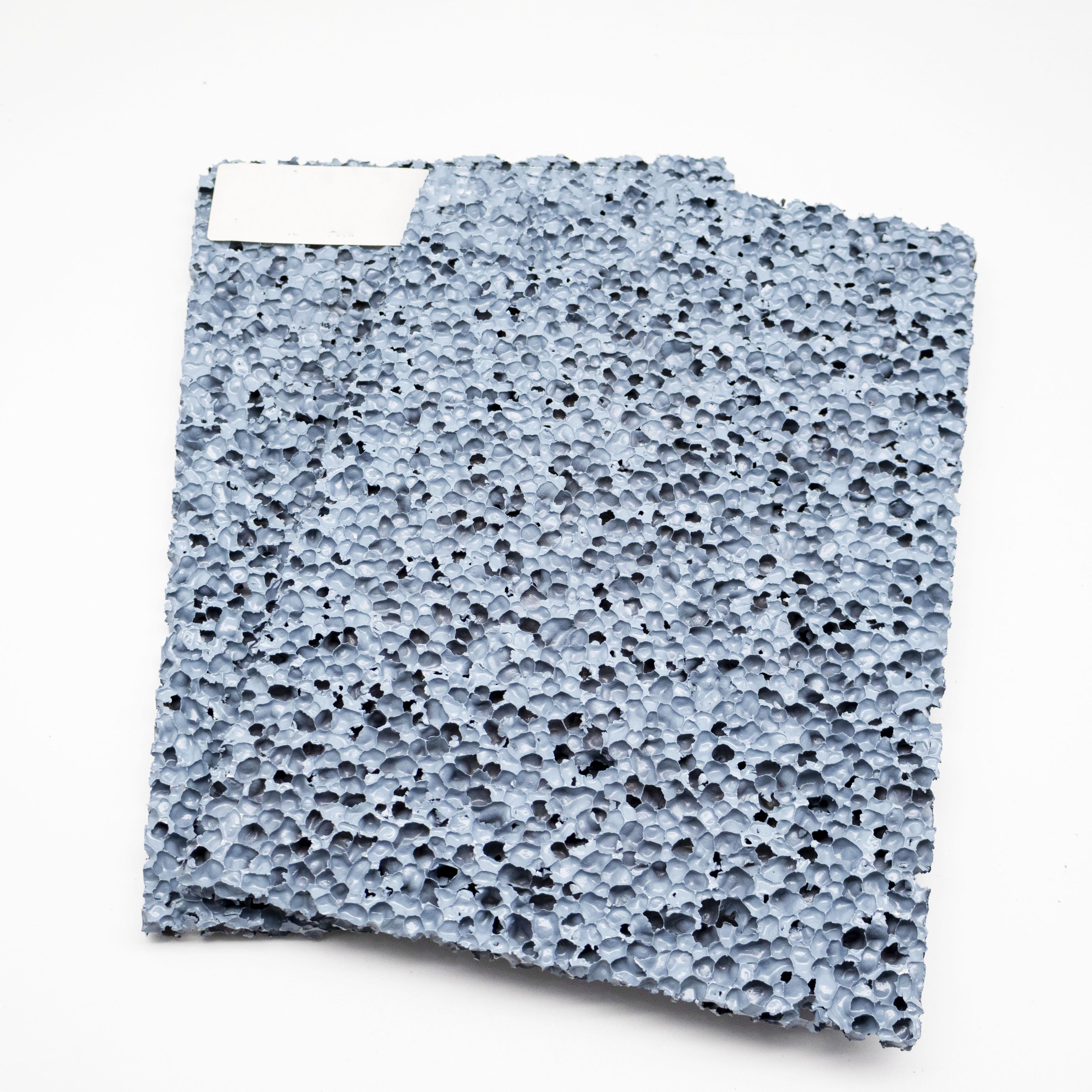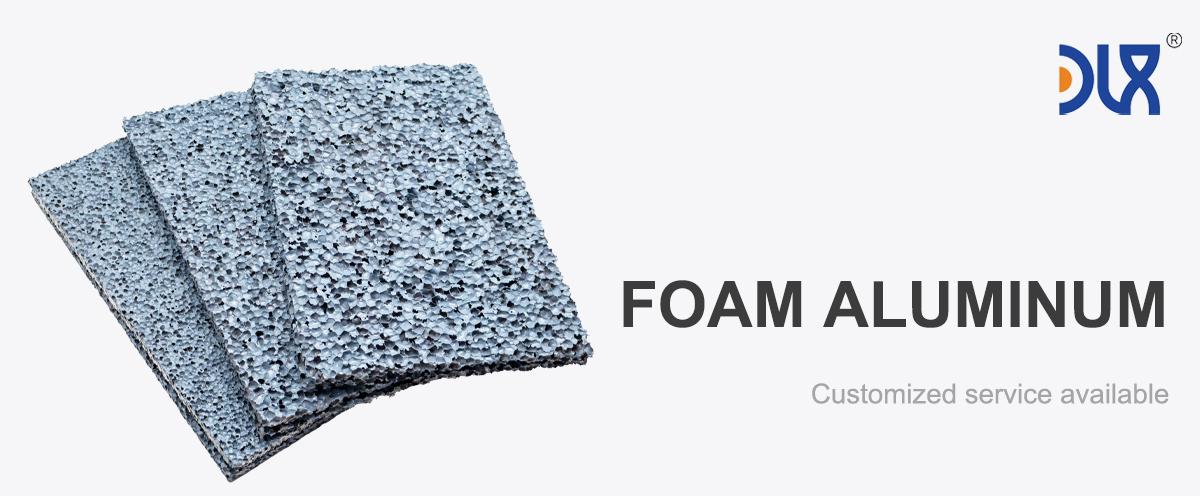
Our high-thermal conductivity Aluminum Foam is a game-changer for electronics cooling, delivering lightweight, high-performance solutions for heat management. Designed for electronics and automotive industries, it’s transforming how devices stay cool. Let’s explore what makes our aluminum foam special, its applications, industry trends, and why we’re leading the way in cooling solutions.
For more details, pls directly contact us.
Our aluminum foam is a high-purity, porous material with a three-dimensional, open-cell structure, boasting up to 95% porosity. Weighing just 0.3-0.9 g/cm³, it’s ultra-lightweight yet robust, ideal for electronics cooling. Its high thermal conductivity ensures rapid heat dissipation, while its porous design maximizes surface area for efficient cooling. The foam’s corrosion resistance ensures durability in humid or chemical environments. We craft it using advanced casting and foaming techniques, allowing customization of pore size and density to meet specific cooling needs. Whether for CPUs or EV batteries, our foam delivers unmatched performance.
|
Material |
Nickel foam, Sold in sheet |
|
Dimension |
500*1000, or customized as request |
|
Thickness |
0.5mm, 1.0mm, 1.5mm, 2.0mm,3.00mm etc |
|
The aperture |
80 PPI (5-80 PPI available) |
|
Porosity |
90-98% |
|
Through Hole Rate |
≥98% |
|
Bulk density |
0.25-1.00g/cm3 |
For more details, pls directly contact us.
Electronics cooling requires materials that balance thermal efficiency, weight, and durability, and our aluminum foam excels at all three. Its high thermal conductivity prevents overheating, extending device lifespan and performance. The lightweight design supports compact, high-performance electronics, critical for modern devices. Its high porosity maximizes heat transfer, enabling efficient cooling in small spaces. The foam’s corrosion resistance ensures reliability in harsh environments, reducing maintenance costs. This combination of thermal efficiency, lightweight design, and durability makes our foam a must-have for modern electronics cooling.
Industry Analysis: The Aluminum Foam Market Surge
The aluminum foam market is booming, driven by demand for lightweight, high-performance materials. Valued at $180.5 million in 2023, it’s projected to reach $246.7 million by 2030, growing at a CAGR of 5.42%. The electronics and automotive industries are major drivers, seeking efficient cooling solutions for power-dense systems. Telecommunications and aerospace sectors are also adopting aluminum foam for its thermal and lightweight properties. Sustainability is shaping the market, with regulations pushing for recyclable materials and eco-friendly production. Our aluminum foam aligns perfectly—it’s fully recyclable and produced with energy-efficient methods. Innovations like nanostructured foams and customizable designs are opening new possibilities for tailored cooling solutions.
Applications: Where Our Aluminum Foam Shines
Our high-thermal conductivity aluminum foam delivers results across a range of electronics cooling applications:
-
CPU Heat Sinks: It dissipates heat in computers and servers, ensuring high performance.
-
LED Cooling: The foam keeps LED lights cool, extending lifespan and efficiency.
-
Power Electronics: It cools transformers and inverters in power systems.
-
EV Battery Cooling: Lightweight and efficient, it supports thermal management in electric vehicles.
-
Telecommunications Equipment: The foam ensures reliable cooling in base stations and routers.
-
Aerospace Electronics: It protects sensitive components from overheating in aircraft systems.
Industry Trends: What’s Driving Aluminum Foam Forward
The aluminum foam market is evolving rapidly, and we’re staying ahead of the curve. Key trends include:
-
High-Performance Electronics: Growing demand for compact, efficient cooling drives adoption.
-
Sustainability Push: Eco-friendly production and recyclable materials are essential, and our foam meets these standards.
-
Electric Vehicle Growth: Expanding EV markets fuel demand for lightweight cooling solutions.
-
Nanostructured Foams: Advances in nanotechnology enhance thermal efficiency.
-
Customization Boom: Advanced manufacturing allows tailored foam structures for specific cooling needs.
-
Data Center Expansion: Rising demand for server cooling drives adoption of efficient materials.
Why Choose Our Aluminum Foam?
We’re not just making aluminum foam—we’re crafting solutions for cooler, more reliable electronics. Here’s why our high-thermal conductivity aluminum foam stands out:
-
High Thermal Conductivity: It ensures rapid heat dissipation for high-performance cooling.
-
Lightweight Design: At 0.3-0.9 g/cm³, it supports compact, efficient electronics.
-
Corrosion Resistance: It thrives in harsh environments, ensuring durability.
-
High Porosity: Up to 95% porosity maximizes heat transfer and fluid flow.
-
Eco-Friendly Edge: Fully recyclable and produced sustainably, it aligns with green initiatives.
-
Expert Support: Our team collaborates from design to deployment, ensuring optimal performance.
Comparison Parameters Table
|
Parameter |
Aluminum Foam |
Copper Heat Sinks |
Steel Heat Sinks |
Ceramic Heat Sinks |
|---|---|---|---|---|
|
Thermal Conductivity |
High (excellent heat dissipation) |
Very High (but heavy) |
Low (poor heat transfer) |
Low (poor heat transfer) |
|
Weight |
Lightweight (0.3-0.9 g/cm³) |
Heavy (denser than aluminum) |
Heavy (denser than aluminum) |
Heavy (denser than aluminum) |
|
Corrosion Resistance |
High (resists environmental wear) |
Moderate (prone to oxidation) |
Low (prone to rust) |
High (but brittle) |
|
Porosity |
High (up to 95%, customizable) |
Low (limited surface area) |
Low (limited surface area) |
Low (fixed structure) |
|
Durability |
High (resists wear and thermal cycling) |
Moderate (prone to corrosion) |
Moderate (prone to rust) |
Low (prone to cracking) |
|
Recyclability |
Fully recyclable |
Recyclable (energy-intensive) |
Recyclable (energy-intensive) |
Limited (complex recycling) |
|
Cost-Effectiveness |
Moderate (long lifespan, high performance) |
High (expensive material) |
Low (shorter lifespan) |
High (expensive production) |
Our aluminum foam outperforms other cooling materials. Copper heat sinks offer high conductivity but are heavy and prone to corrosion. Steel heat sinks are durable but heavy and less efficient. Ceramic heat sinks are corrosion-resistant but brittle and heavy. Our aluminum foam offers the perfect balance: high thermal conductivity, lightweight design, corrosion resistance, and durability, all backed by sustainable production.
We provide end-to-end support, from custom design to integration, ensuring you get the most out of our foam. Our advanced manufacturing techniques deliver consistent quality and tailored solutions that competitors can’t match.
Looking to the Future
The future of high-thermal conductivity aluminum foam for electronics cooling is bright, and we’re leading the charge. As electronics become more compact and powerful, demand for efficient, sustainable cooling materials will soar. We’re investing in R&D to develop nanostructured foams and custom designs for even better cooling. Our commitment to sustainability ensures our processes minimize waste and energy use, aligning with global environmental goals.
Our high-thermal conductivity aluminum foam isn’t just a material—it’s a solution for cooler, more reliable electronics. It’s lightweight, efficient, and built for the next generation of cooling systems. Ready to transform your project? Let’s make it happen.
For more details, pls directly contact us.
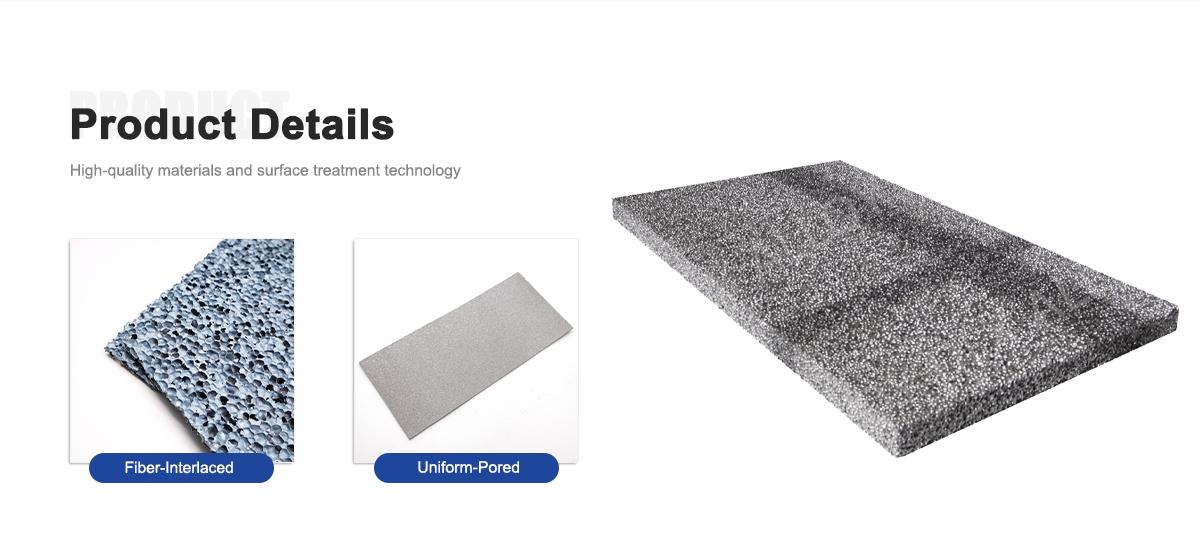
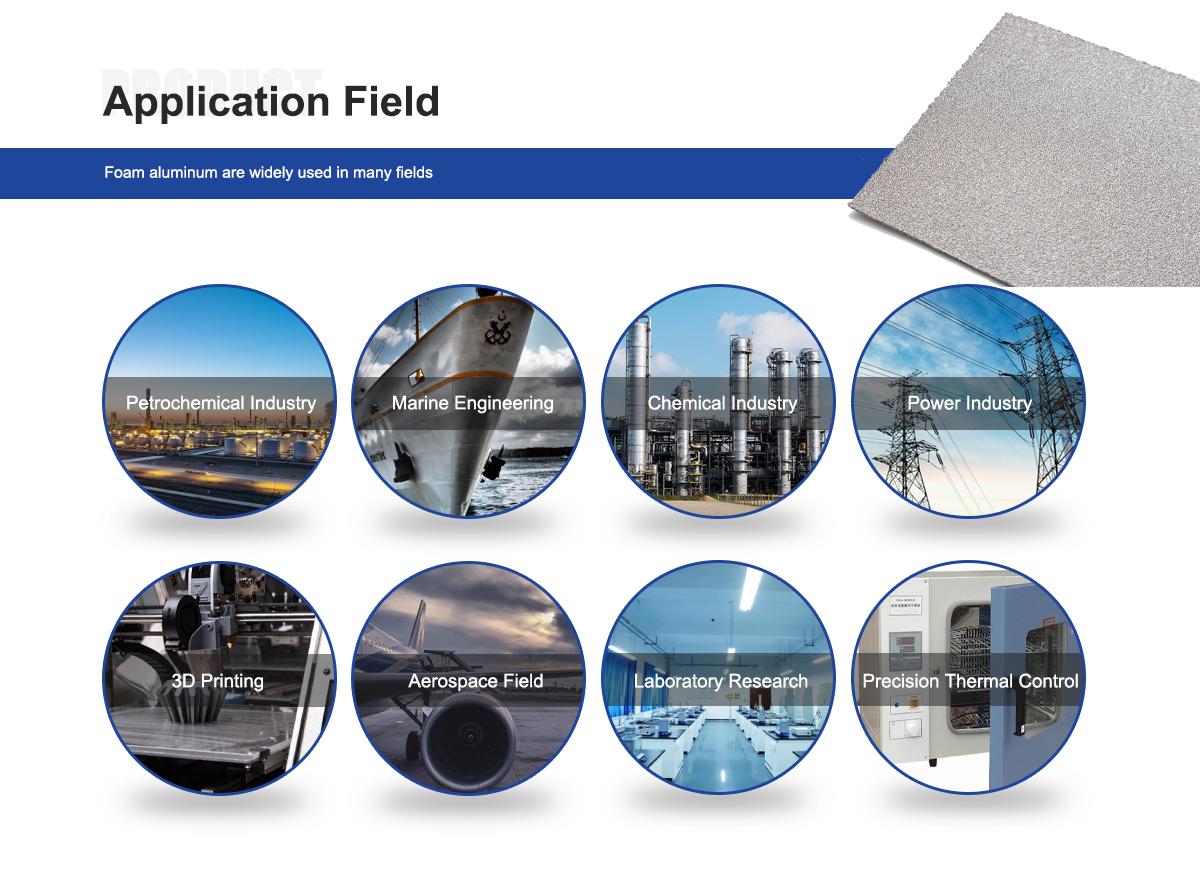
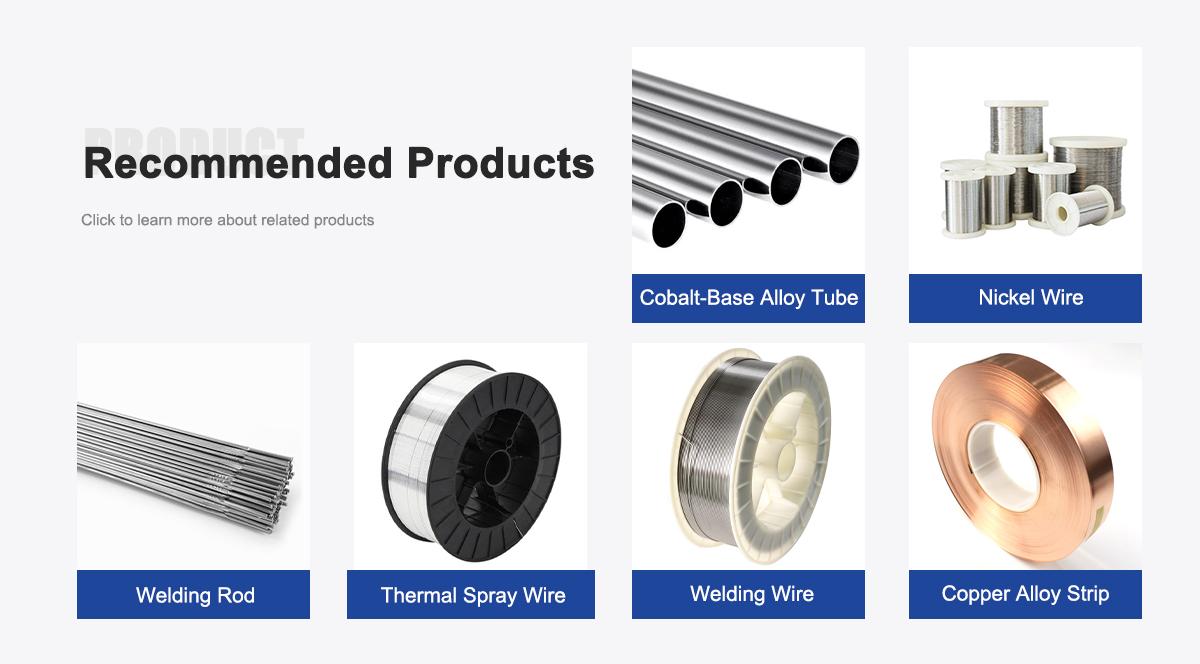
About Us:
Our 12,000㎡ factory is equipped with complete capabilities for research, production, testing, and packaging. We strictly adhere to ISO 9001 standards in our production processes, with an annual output of 1,200 tons. This ensures that we meet both quantity and quality demands. Furthermore, all products undergo rigorous simulated environment testing including high temperature, high pressure, and corrosion tests before being dispatched, ensuring they meet customer specifications.
For all our clients, we offer timely and multilingual after-sales support and technical consulting, helping you resolve any issues swiftly and efficiently.

Client Visits
Building Stronger Partnerships

We support all kinds of testing:


FAQs:
-
What is high-thermal conductivity aluminum foam?
It’s a lightweight, porous aluminum material with enhanced thermal conductivity for electronics cooling. -
How does aluminum foam improve electronics cooling?
Its high porosity and thermal conductivity maximize heat dissipation, ensuring optimal device performance. -
Which industries use this aluminum foam?
Electronics, telecommunications, automotive, and aerospace industries rely on it for cooling solutions. -
Why is thermal conductivity important for electronics?
It prevents overheating, extends device lifespan, and supports compact, high-performance designs. -
What are the key applications of this aluminum foam?
It’s used in CPU heat sinks, LED cooling, power electronics, and EV battery cooling systems. -
How does aluminum foam compare to other cooling materials?
It offers better thermal conductivity, lighter weight, and higher durability than copper, steel, or ceramics. -
What are the latest trends in aluminum foam for electronics cooling?
Growing demand for compact, efficient, and sustainable cooling solutions is driving growth. -
Is this aluminum foam eco-friendly?
Yes, it’s fully recyclable, supports energy-efficient cooling, and is produced with sustainable methods.

